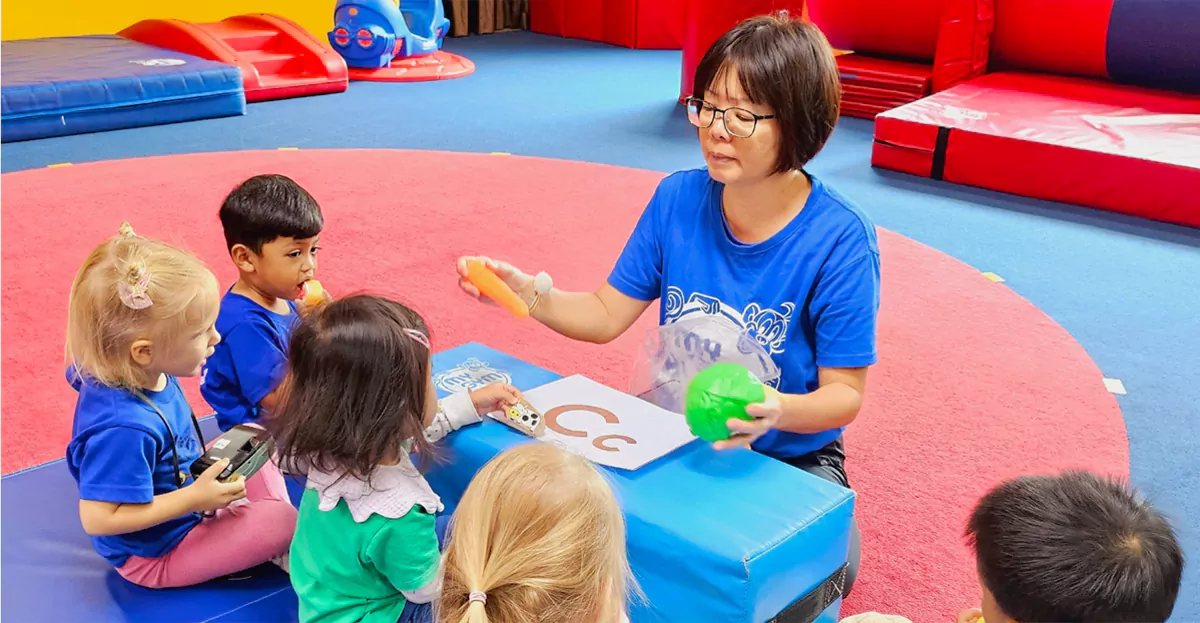How To Improve Your Child’s Decision-making Skills
Decision-making is a fundamental aspect of the human experience, evolving from the early stages of infancy to the complexities of adulthood. As infants, we encounter child’s decision-making in its simplest form — choosing between basic needs like whether to cry for attention and food or continue peacefully exploring our surroundings.
This elementary skill set forms the foundation for a lifelong journey of sharpening a child’s ability to make the right choices, as she gradually progresses to more complex decisions like choosing extracurricular activities or forming friendships.
As children transition into adulthood, the decisions they face become more intricate and impactful. Choices about education, career paths, relationships, and lifestyle will shape the trajectory of their lives. The ability to make informed decisions becomes a crucial life skill, influencing personal growth and development.
Adults often find themselves grappling with choices that involve long-term consequences, requiring careful consideration and a deeper understanding of their own values, priorities, and aspirations. Each decision made, regardless of age, serves as a reflection of one’s character, preferences, and mindset. It is also a declaration of individuality and an assertion of control over one’s circumstances.
Independent decision-making skills often empower your child with the ability to choose her path. Instead of remaining as a passive spectator, she transforms herself into an active participant in shaping her life in the way she wants. Remember, as your child learns to navigate through the many choices she encounters, she will cultivate a sense of ownership over her decisions, contributing to a profound sense of control over her destiny.
A child’s decision-making skill is inherently linked to problem-solving. Children proficient in decision-making excel in dissecting complex issues, identifying viable solutions, and selecting the most appropriate course of action. This transformative ability not only streamlines their personal and professional lives but also positions them as valuable contributors to their communities and workplaces when they turn into adults.
Different stages of decision-making
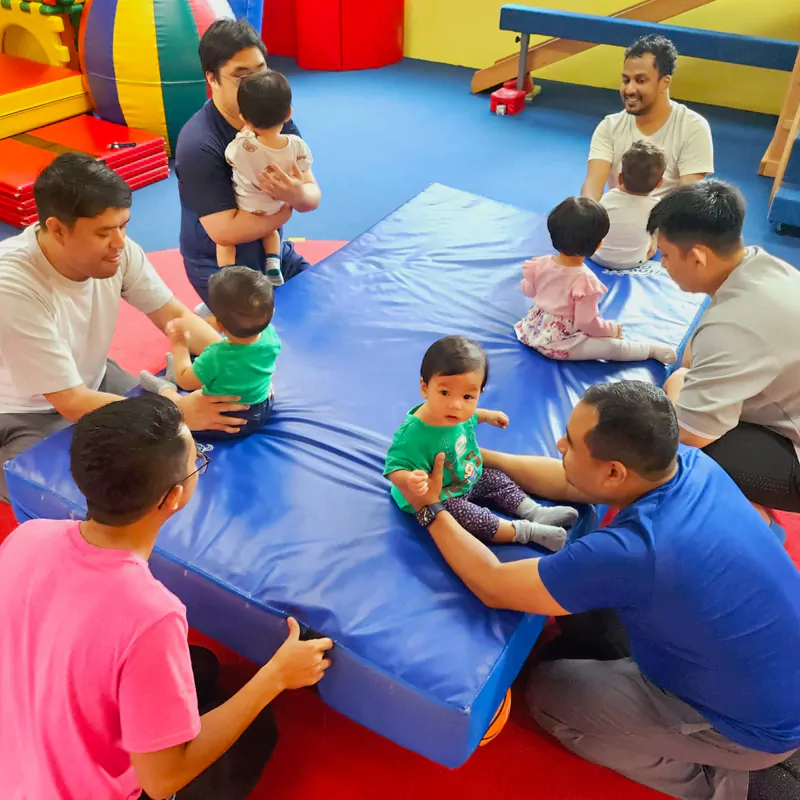
The stages of decision-making in early childhood represent a fascinating journey of cognitive capability, emotional development and independence for kids. They showcase the evolving abilities of children to express preferences, make choices, and navigate their world. Understanding these stages is crucial for parents in laying the foundation for more complex decision-making processes in later life.
In essence, the stages of decision-making in early childhood highlight the gradual progression from basic sensory-driven choices to more complex, socially influenced decisions. Encouraging and respecting a child’s ability to express preferences lays the groundwork for the development and understanding of independent decision-making processes as she grows and faces more intricate choices on her journey towards adulthood.
Infancy (Birth to 18 months)
Babies embark on decision-making as they explore their immediate environment using their senses. This is the exploration and sensory processing stage. Infants develop preferences for comfort, food, clothes, and playthings. Communication of these preferences occurs through various means, such as crying, directing gazes, and eventually using gestures like grabbing or pointing.
Toddler (18 months to 3 years)
Children begin to assert their autonomy by making decisions about clothing, activities they want to indulge in, companionship, and to indicate food preferences. This is the autonomy of choice stage. Their decisions are communicated through a combination of movements and emerging language skills. For instance, a toddler might turn away from undesired food with a clear ‘No!‘
Preschool years (3 to 5 years)
Children extend their decision-making domain to include choices about playmates, daily routines, problem-solving, and setting boundaries. This is the social interaction decision-making stage. With advancing language skills, preschoolers can articulate their thoughts more effectively, enhancing their ability to express preferences and negotiate decisions.
Role-play and circle time
The importance of role-play and circle time as tools for teaching decision-making is an important phase. These activities allow children to explore different scenarios and understand the consequences of their choices.
Throughout these stages, effective communication plays a pivotal role. Children need to be able to express their preferences, likes, and dislikes to actively participate in the decision-making process. The involvement of adults who are attuned to the child’s needs and preferences is essential at different stages too. Parents play a crucial role in fostering an environment where children feel comfortable expressing their choices.
Remember, even though young children may not possess extensive knowledge about the world, they have a profound understanding of themselves. This self-awareness includes knowledge of their feelings, what matters to them, and how they navigate and make sense of their surroundings.
This is why decision-making is not just about stating a preference, it is about a child being actively involved in the process of deciding and seeing her choices becoming a reality. Participation is not limited to a child saying what she’d like to happen, it is about enabling her to decide for herself, what she would like to happen and then being able to make it happen.
Involving children in real decision-making situations not only enriches their learning experiences but also nurtures important life skills. Through active participation in specific activities such as re-organizing spaces, planning snacks, or choosing books, children develop a sense of autonomy, responsibility, and confidence that lays a strong foundation for their overall growth and development.
Supporting your child’s decision-making process
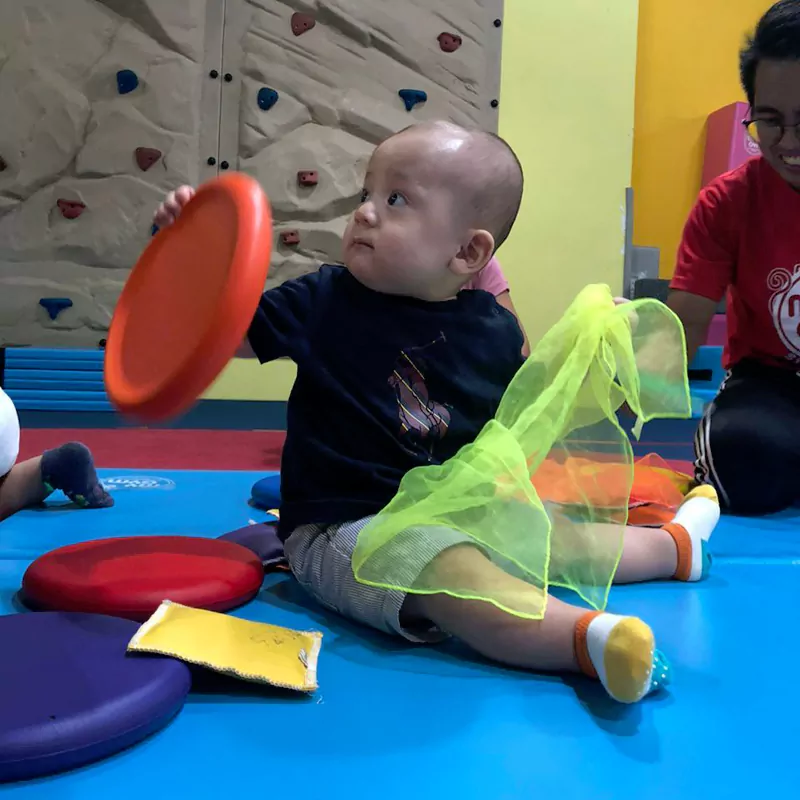
Encouraging your child to develop decision-making skills is a crucial and challenging aspect of the learning journey. A key component in this process is for parents to surrender some control to their child, a task that can be both vital and demanding. To truly involve a child in decision-making, you must be willing to share power and recognize that your child is a competent decision-maker.
Effective tools for aiding your child in decision-making include attentive listening and keen observation. Understanding your child’s likes and dislikes will provide valuable insights. This approach, rooted in observation and communication, extends to planning decisions, especially in routines like feeding and sleeping.
Managing your child’s choices is a strategic tool for parents. While a baby may thrive in a decision between two toys, overwhelming them with options can be counterproductive. Limiting choices not only helps your child focus but also allows parents to manage the situation gently, defining boundaries through the act of making choices.
Time plays a significant role in decision-making. Your child will require the space to contemplate her ideas, and supportive parents need to pause and wait for their child to express herself. The importance of giving a child the time to articulate her wishes promotes independent decision-making. Furthermore, providing feedback on her choices will be invaluable as well. Evaluating the consequences of a decision, such as a sandcastle collapsing due to the adding of more pebbles and the resulting increase in weight, enables children to understand the learning process and prompts them to consider adjustments for future decisions.
Feedback, starting from infancy, is an invaluable tool. Babies benefit from hearing positive comments about their actions, reinforcing their choices. For example, a baby choosing bells for play can receive affirming feedback from parents, such as acknowledging the delightful sound the bell creates. Positive interactions like these reaffirm your child’s decisions, fostering a sense of value and autonomy.
Decision-making is an inherent part of your child’s development, and she will begin to thrive when provided with diverse opportunities to make choices when guided by appropriate support. The collaborative effort between parents and children in decision-making not only shapes their developmental journey but also instils valuable life skills for the future.
Teaching decision-making through play

Nothing is more fascinating than watching young children engage in role-play. It is like having a window that lets you into their thoughts, fears, interests and views of the world. Parents can spur learning by asking the right questions and by providing appropriate props and objects children can use to continue their play. Children often respond in positive ways when an environment is set up for learning, as it stimulates them to take on the challenge.
Other times you may want to facilitate a roleplay idea and see if your child will go for it. Remember, as a parent, you are supporting and encouraging play, and not taking over or directing it. Here are a few proven games you can try and see where they can take you.
Tic Tac Toe: Also called naughts and crosses, it is one of the simplest of games for helping your child practise decision-making. Not only does the child need to choose squares that will help her get a row of three, but she also needs to choose squares to stop her partner, that is you, from potentially getting three in a row! This game teaches your child to concentrate and motivates her to practice a lot to get very good at the game. While it may be tough at first, your child will soon catch on and pretty soon will begin to outsmart you!
Hide ‘n’ Seek: This is one of the most traditional of all games and is a great decision-making game every child will enjoy. Don’t forget to add this new rule — you cannot hide in the same place twice. This will prompt your child to continuously think of new places to hide. The wrong choice will result in her being found too easily and quickly.
Pick Up Sticks: This is an old favourite and can be played by young and older children, including adults. You use a set of thin and long wooden skewer sticks, straws or even twigs from the garden. This simple yet classic game promotes hand-eye coordination and helps develop a young child’s fine motor skills and of course, develops hands-on decision-making skills.
The game is played using 31 thin wooden sticks, and each one of them can be 9-inch long. To make them eye-catching, you can colour them in assorted colours.
This is how to play the game:
Gather and hold all the sticks upright together in your fist on a table or floor. Let go of the sticks all at once and allow them to fall wherever they land. Then take turns removing one stick from the pile at a time. This needs to be done carefully and without moving any of the other sticks near it.
This requires making a fully thought-through decision about which stick to move each time. Making the wrong decision will result in disturbing the stick lying next to the one you are moving. If the other stick moves you lose your turn.
During this game, children learn to recognize which sticks are too close to each other to be removed easily and need to figure out how moving a stick will affect the others around it. The process requires lots of practice and will also help your child acquire a steady hand and give a boost to her concentration span!
Playing Monopoly: Monopoly is a classic board game that provides hours of entertainment for families. It is a great way to introduce children to the concepts of buying, selling, and strategic thinking in a simple format. As your child grows older and more experienced, she can transition to an adult version of the game which offers more complex strategies and decision-making opportunities.
Playing Monopoly is a fun and engaging way to bond, as well as teach valuable skills such as financial literacy, negotiation, and critical thinking. It also encourages players to plan ahead, manage resources effectively, and adapt to changing circumstances, all of which are important skills in both games and in real life.
Monopoly sparks conversations about economics, property ownership, and the importance of making wise investments. It’s a game that can be enjoyed by children of all ages and backgrounds, making it a versatile choice for family nights or gatherings.
Pretending to be mom and dad: Pretend play, such as playing mommy and daddy, is a natural and important part of a child’s development. It allows them to explore different roles, understand relationships, and develop empathy and social skills.
Children engaged in playing mommy and daddy are mimicking the caregiving experiences they observed in their own lives. Through this play, they are able to process and make sense of their own experiences as well as explore new ones. It allows them to practice nurturing behaviours, problem-solving, and communication skills in a safe and imaginative environment.
Make the play more real and immersive by using the items from when they were babies, s and dolls. This also helps them develop a sense of continuity and connection between past experiences and present actions.
Walking dolls not only add to the imaginative play but also allow children to practice physical coordination and motor skills. It encourages them to explore their surroundings and engage in pretend scenarios in different settings.
Playing mom and dad is a valuable and enriching activity for young children. It supports their cognitive, emotional, and social development while providing endless opportunities for creativity and fun.
Playing to be a Superhero: The fascination with superheroes among Young children are fascinated by superheroes. They help capture a child’s imagination with their extraordinary powers, heroic deeds, and iconic costumes. It’s not surprising that many children are drawn to emulating these larger-than-life characters in their play.
Whether it’s Superman, Spider-Man, Wonder Woman, or any other superhero, children often idolize these characters and aspire to be like them. They see superheroes as symbols of bravery, justice, and strength, qualities that they admire and wish to embody.
This role-playing allows them to act out exciting scenarios, and feel empowered as they take on the persona of a superhero. Moreover, playing superheroes also promotes developmental benefits for children. It encourages imaginative play, boosts self-confidence, and helps children to explore the concepts of good versus evil, right versus wrong, and the importance of helping others.
Playing Pirates: It is a fantastic way for children to let their imaginations run wild and embark on exciting adventures. They transform themselves into a fearless bunch ready to sail the seven seas in search of treasure.
Creating pirate costumes is part of the fun and allows children to get creative with their attire. Eye patches can be made from fabric scraps or paper, while swords can be fashioned from cardboard. Bandanas, vests, and belts can be easily made from old clothing or household materials, adding to the authenticity of the pirate ensemble.
Using a large box in which the refrigerator came as a pirate ship is a brilliant idea and serves as the centrepiece of the adventure. Children can climb aboard and let their imaginations soar as they navigate the imaginary seas, encounter fierce sea monsters, and outwit rival pirates in pursuit of hidden treasure.
Playing pirates encourages teamwork, creativity, and problem-solving skills as children work together to overcome challenges and achieve their goals. It’s a thrilling and immersive activity that allows children to explore their imaginations, and develop social skills together. It is also timeless and exhilarating adventure that ignites the spirit of adventure.
Why decision-making skills are important
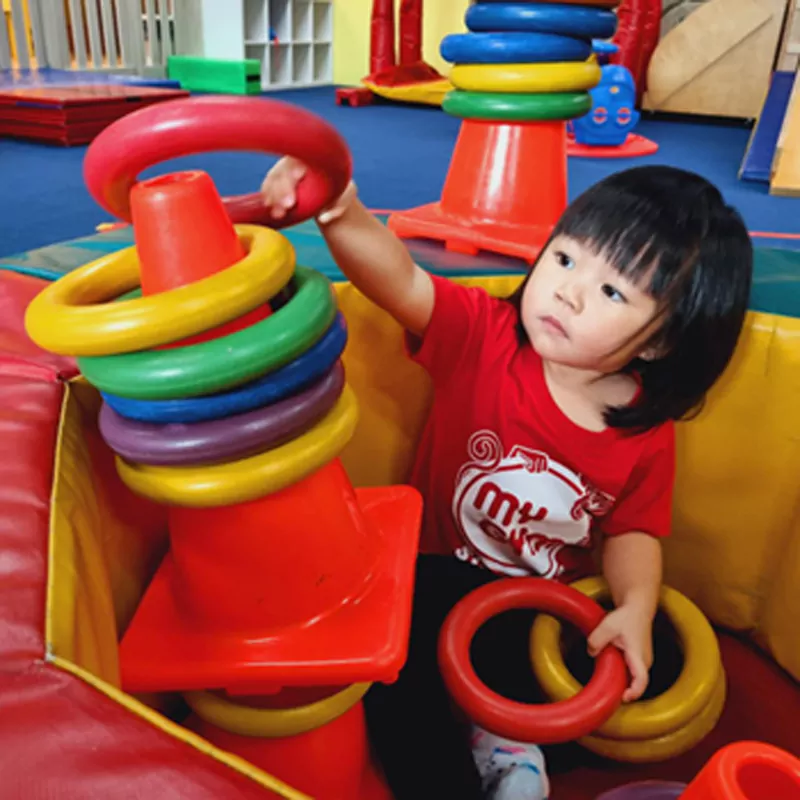
Effective decision-making is a cornerstone of personal development and is undeniably among the most crucial life skills your child can start to learn quite early in her life. Being adept at decision-making plays a pivotal role in fostering confidence and self-reliance and is not just a practical tool for navigating challenges. It will guide your child on her journey towards a more empowered and fulfilling life.
Independent decision-making skills will empower your child with the ability to choose her path. Instead of being a passive spectator, she can transform herself into an active participant in shaping her life in the way she wants. Remember, as your child learns to navigate through the many choices she encounters, she will cultivate a sense of ownership over her decisions, contributing to a profound sense of control over her destiny.
Life is full of making simple and very complex decisions, ranging from the mundane to the profound. Developing strong decision-making skills equips a child with the tools to face and overcome complex situations. Whether it’s choosing a career path, making personal commitments, or addressing unexpected challenges, being able to make the right decisions develops resilience and the acumen to navigate the multifaceted landscape of life.
The ability to make informed and thoughtful decisions fosters a deep sense of confidence as well. When a child begins to trust her decision-making skills is more likely to approach challenges with assurance, knowing that she is capable of assessing situations, weighing options, and making choices aligned with her goals and values.
Decision-making is inherently linked to problem-solving. Children proficient in decision-making excel in dissecting complex issues, identifying viable solutions, and selecting the most appropriate course of action. This transformative ability not only streamlines their personal and professional lives but also positions them as valuable contributors to their communities and workplaces.
Effective decision-making extends beyond bestowing individual benefits; it helps in building healthy and strong relationships. Whether in personal or professional spheres, individuals who demonstrate sound decision-making skills become trusted collaborators and leaders. Their ability to make thoughtful choices contributes to a positive and constructive environment, enhancing interpersonal dynamics and fostering mutual respect.
Decision-making is not just a practical tool; it is a transformative skill that propels children towards self-discovery, empowerment, and success. Nurturing this skill from an early age lays the groundwork for a lifetime of confident, self-reliant, and resilient living.
How My Gym nurtures decision-making
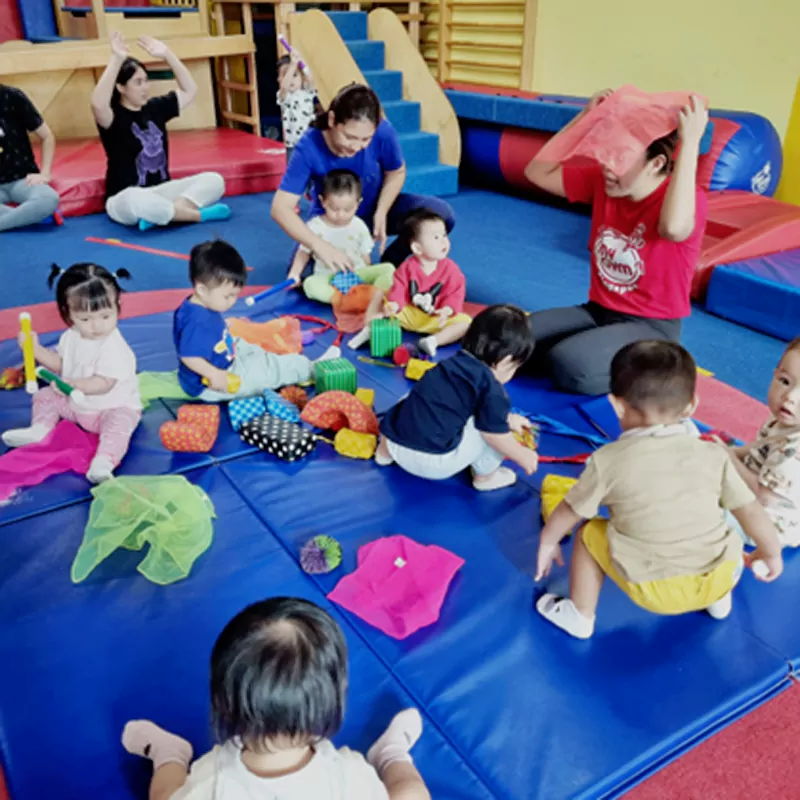
One effective way to help young children grow up to become good and effective decision-makers is by involving them in group physical activities. By motivating children to perform dynamic physical movements individually and in groups, you create a safe setting where children can learn to deal with new situations and participate in improving their health. They learn to interact with others, learn new words and phrases. They also learn to pay attention to instructions and to what a teacher is telling them to do.
By doing this day in and day out, children acquire critical social and communication skills, enabling them to navigate complex social situations that nurture emotional development to lead and make decisions independently.
My Gym’s enrichment programs augment the growth of new decision-making neural networks in the brain and lay a firm foundation for learning and understanding decision-making processes for personal growth.
Please visit any of My Gym centres to learn more about how it can support “whole-child development”. Choose a day when you are relatively free and come over with your child in tow. Your child could be an infant (as young as 6 months), a toddler or a preschooler, age is not a bar to learn how your child can pick up a few decision-making skills just by looking, listening and imitating. without missing out on anything!
Please note: My Gym classrooms are thoroughly sanitized every day — the tables, the chairs, the children’s activity stations and everything else the child might touch is made safe and clean. Whenever required, children are encouraged to wear a mask, wash their hands frequently, and practice social distancing as well.
How My Gym can help
One effective way to help young children grow up to become positive human beings is by involving them in physical activities that involve the development of language skills and all-round development.
By motivating and involving children to perform dynamic physical movements individually and in groups, you create a safe setting where children can learn new words and phrases, concentrate on forming sentences and be attentive. Learn to listen to instructions, and pay attention to what a teacher is telling them to do.
By doing this day in and day out, children acquire critical language skills that play a big role in acquiring critical social and communication skills, enabling them to navigate complex social situations and nurture emotional development to lead healthier lives.
My Gym’s enrichment programs augment the growth of neural networks in the brain and lay a firm foundation for personal, academic and future growth by involving children in age-appropriate, structured and unstructured play designed to develop language, listening, thinking and problem-solving skills.
Please visit any of My Gym centres to learn more about how it can support “whole-child development”. Choose a day when you are relatively free and come over with your child in tow. Your child could be an infant (as young as 6 months), a toddler or a preschooler, age is not a bar to learn how your child can pick up skills just by looking, listening and imitating. without missing out on anything!
Please note: My Gym classrooms are thoroughly sanitized every day — the tables, the chairs, the children’s activity stations and everything else the child might touch is made safe and clean. Whenever required, children are encouraged to wear a mask, wash their hands frequently, and practice social distancing as well.



